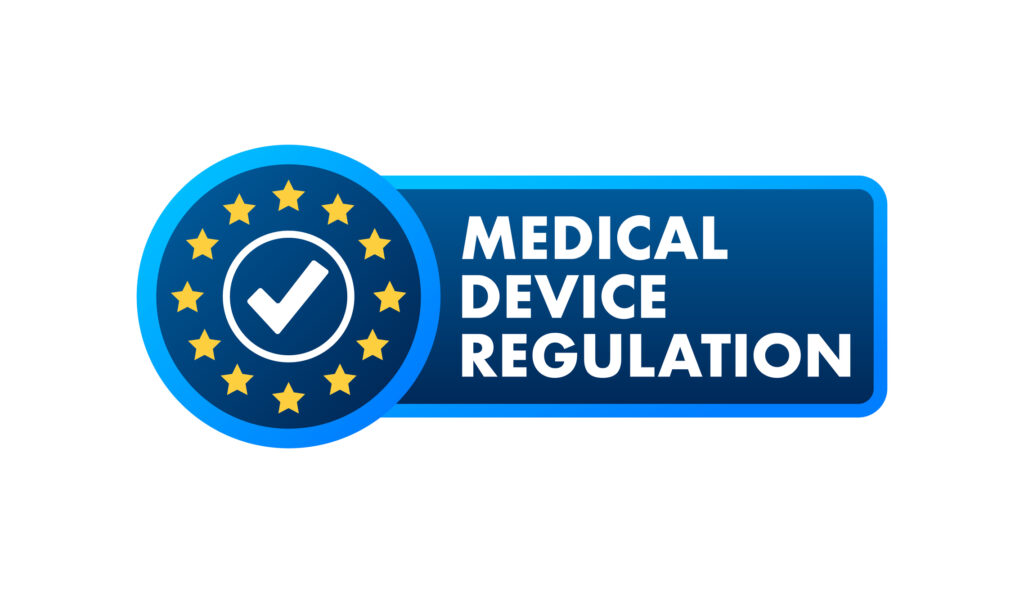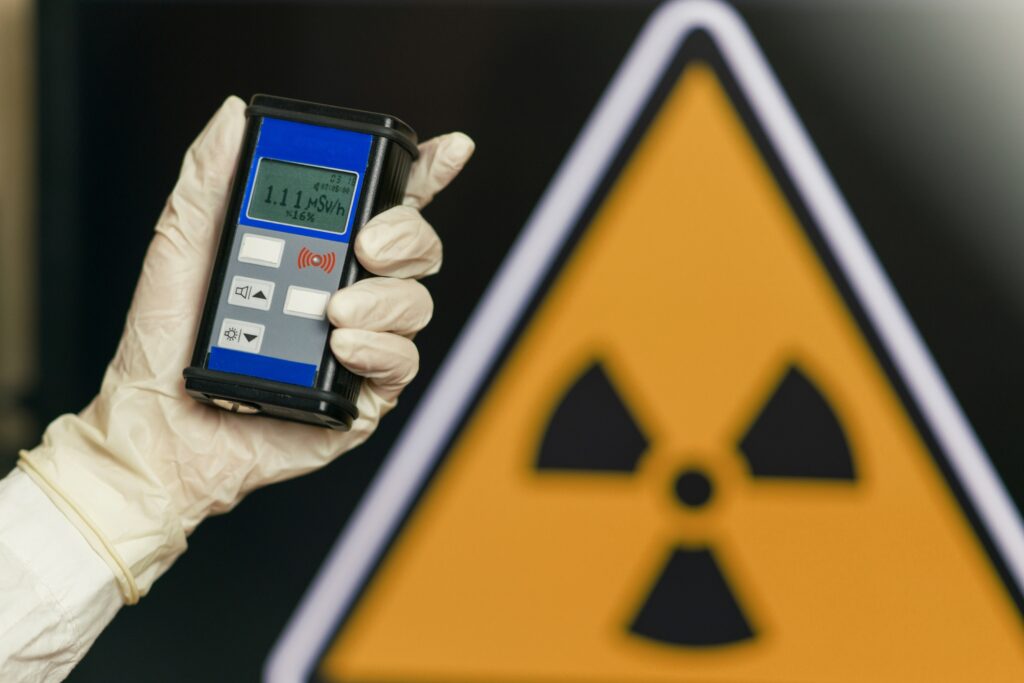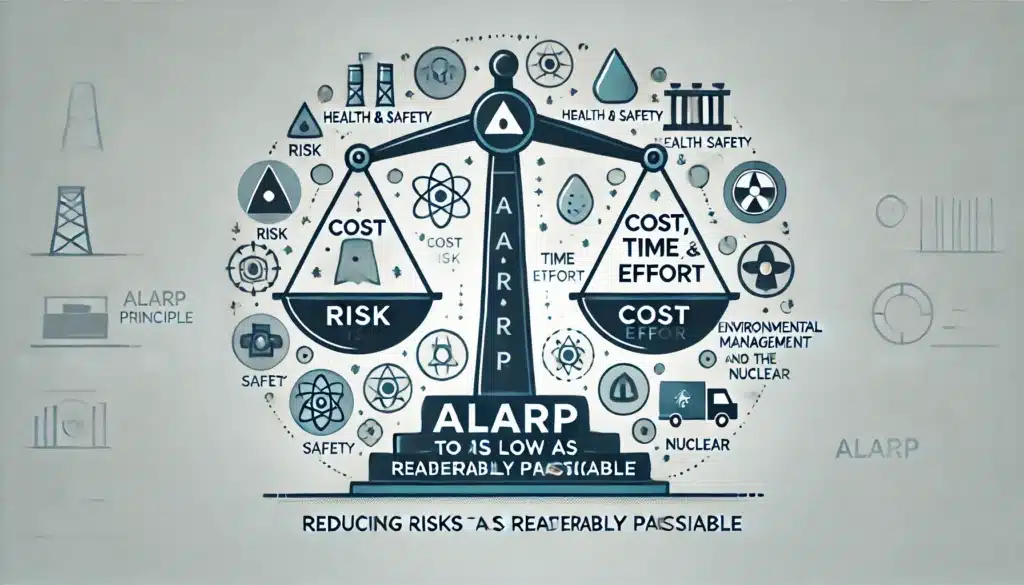This article explores the critical components of 21 CFR Part 212, focusing on the guidelines for Current Good Manufacturing Practice (cGMP) for Positron Emission Tomography (PET) drugs. PET drugs play a vital role in diagnostic imaging and require strict compliance with cGMP regulations to ensure their safety, efficacy, and quality. The article covers key aspects such as the scope of the regulation, personnel requirements, quality control measures, equipment specifications, and packaging and labelling practices. It also highlights enhanced content tools that can assist in navigating regulatory compliance.
Introduction to 21 CFR Part 212: cGMP for PET Drugs
Positron Emission Tomography (PET) is a sophisticated imaging technique that provides essential diagnostic information, particularly in oncology, neurology, and cardiology applications. PET drugs, often radioisotopes such as fluorodeoxyglucose (FDG), are integral to these imaging processes. To ensure these drugs meet the necessary standards of quality and safety, they must be manufactured according to the regulations outlined in 21 CFR Part 212. This section of the Code of Federal Regulations sets the standards for the Current Good Manufacturing Practice (cGMP) of PET drugs, covering aspects from personnel qualifications to the final product’s quality assurance.
The regulations were established by the Food and Drug Administration (FDA) to provide a framework for manufacturers to follow, ensuring that PET drugs are safe, effective, and produced consistently. In this article, we’ll break down the various sections of 21 CFR Part 212 and introduce some enhanced content tools that can help professionals in the field comply with these regulations.
Scope and Purpose of 21 CFR Part 212
The regulations outlined in 21 CFR Part 212 apply to the production of PET drugs, including any facility involved in the preparation, testing, and distribution of these drugs. The primary objective of this regulation is to ensure that PET drugs:
- Meet high standards of quality, safety, and efficacy.
- They are manufactured consistently in a controlled environment to prevent contamination and ensure integrity.
- Comply with labelling, packaging, and testing standards to ensure they are used safely in diagnostic procedures.
The rule applies to all PET drug manufacturers, whether they produce the drugs for commercial distribution or for investigational use in clinical trials.
Personnel and Organisation Requirements
One of the critical sections of 21 CFR Part 212 is the emphasis on the qualification and training of personnel involved in the production of PET drugs. It is essential that staff members are properly trained in both the theory and practical aspects of producing these complex drugs.
Training Programs
All employees engaged in the manufacturing process must receive comprehensive training specific to the tasks they will perform. This includes:
- Understanding of the PET drug production process.
- Familiarity with aseptic techniques to avoid contamination.
- Adherence to standard operating procedures (SOPs) and cGMP guidelines.
Role of the Quality Control Unit
The regulation also mandates the establishment of a Quality Control Unit (QCU), which holds the responsibility of approving or rejecting raw materials, in-process materials, and final drug products. The QCU ensures that proper investigations are conducted when production deviations occur, and they have the authority to stop production if any compliance issues are identified.
Equipment and Facilities Standards
The equipment used to manufacture PET drugs must meet stringent requirements to ensure it does not contribute to contamination or any other compromise in product quality. 21 CFR Part 212 outlines several critical points for the maintenance and use of equipment and facilities.
Equipment Qualification
The regulation requires all equipment used in the manufacturing process to be appropriately designed, installed, and maintained. This includes regular calibration and validation to ensure that the equipment is functioning correctly. Additionally, equipment must be regularly cleaned and maintained to avoid cross-contamination between batches of drugs.
Facility Design and Control
Facilities where PET drugs are manufactured should be designed to support the safe production of these materials. The environment must be controlled to prevent contamination, including proper ventilation, temperature control, and humidity regulation. Specific areas must be designated for different stages of production, such as storage, preparation, and quality testing, to maintain separation between different activities and prevent cross-contamination.
Quality Control and Process Validation
Ensuring the quality of PET drugs is of paramount importance, as any deviation from the set standards can compromise the effectiveness of diagnostic procedures or endanger patient safety. 21 CFR Part 212 requires manufacturers to implement rigorous Quality Control (QC) and process validation measures.
In-Process Control
Quality control must be incorporated at every stage of the manufacturing process. This includes the testing of raw materials, monitoring of critical process parameters, and inspection of final products. Manufacturers must ensure that the equipment used for testing and monitoring is regularly calibrated and validated to provide accurate results.
Process Validation
Before a PET drug can be commercially distributed, the manufacturing process must undergo a validation process to demonstrate that it consistently produces a product that meets all required specifications. The validation process involves:
- Documenting the parameters and specifications for each step of production.
- Running production trials to confirm that the final product consistently meets safety, purity, and potency standards.
Testing and Release for Distribution
Once a batch of PET drugs has been produced, it must undergo extensive testing before it can be released for distribution. The tests required are outlined in 21 CFR Part 212, and they include both in-process tests and final product tests.
Sterility Testing
Given the potential for contamination, sterility is a critical factor in the quality of PET drugs. Manufacturers are required to conduct sterility tests on each batch of drugs, ensuring that the production environment and process have not introduced any harmful microorganisms. Sterility testing is done using validated methods to ensure accuracy.
Identity and Purity Tests
In addition to sterility, the identity and purity of each batch of PET drugs must be verified. These tests ensure that the product contains the correct active ingredient in the appropriate concentration and that no impurities exceed acceptable limits. Only after these tests are successfully completed can the batch be approved for distribution by the QCU.
Packaging and Labelling Requirements
PET drugs are often administered to patients in hospitals or clinical settings, making it crucial that they are properly labelled and packaged to prevent misuse or errors. 21 CFR Part 212 sets specific standards for the packaging and labelling of PET drugs to ensure patient safety.
Packaging
The packaging of PET drugs must be designed to maintain the integrity of the drug during transportation and storage. This includes ensuring that the containers used are free from contaminants and can protect the drug from external elements that could degrade its quality.
Labelling
Each container of PET drugs must be clearly labelled with specific information, including:
- The name of the drug.
- The strength and dosage form.
- The expiration date.
- Instructions for use and storage conditions.
- Warnings or special precautions, as applicable.
Labelling must be done in a way that ensures the information is clear, legible, and resistant to fading or damage during transportation and handling.
Record Keeping and Documentation
Comprehensive documentation is a key aspect of 21 CFR Part 212 compliance. Manufacturers must maintain detailed records of every step of the production process, including equipment calibration, personnel training, raw material specifications, in-process testing, and final product release. These records serve as a reference in the event of product recalls or regulatory audits.
Batch Records
For each batch of PET drugs produced, a complete batch record must be created and maintained. This record includes:
- The identity of the raw materials used.
- The specific equipment and personnel involved in production.
- Results of all in-process and final product tests.
- Any deviations from the established SOPs and corrective actions taken.
Retention of Records
All records related to the manufacturing of PET drugs must be kept for an extended period, typically five years, in a format that is easily accessible for review by regulatory authorities. These records are essential for ensuring traceability in the event of a quality issue or product recall.
Enhanced Content Tools for Navigating 21 CFR Part 212
Given the complexity of 21 CFR Part 212, various tools and resources are available to help manufacturers and regulatory professionals navigate the requirements. These enhanced content tools provide practical assistance in maintaining compliance and staying updated with regulatory changes.
Online CFR Databases
Websites such as the Electronic Code of Federal Regulations (eCFR) provide up-to-date access to 21 CFR Part 212. These platforms allow users to search the regulations, download relevant sections, and keep track of any updates or revisions to the law.
Compliance Management Software
Several compliance management systems are available to help manufacturers automate the record-keeping process, track quality control data, and ensure that all cGMP standards are met. These tools often include features such as:
- Automated reminders for equipment calibration and maintenance.
- Centralised databases for storing batch records and SOPs.
- Real-time alerts when quality issues or deviations are detected.
FDA Guidance Documents
The FDA also provides additional guidance documents and resources to help manufacturers interpret 21 CFR Part 212 and implement the required practices in their facilities. These documents are regularly updated to reflect the latest scientific and regulatory developments.
Conclusion
The manufacturing of PET drugs is a highly specialised process that requires strict adherence to regulatory standards. 21 CFR Part 212 lays out the framework for ensuring that PET drugs are produced safely, consistently, and in accordance with Current Good Manufacturing Practice (cGMP). By focusing on personnel qualifications, equipment standards, quality control, and rigorous testing, manufacturers can meet these standards and ensure the delivery of high-quality diagnostic drugs.
To facilitate compliance with 21 CFR Part 212, manufacturers can leverage enhanced content tools, such as online databases, compliance management software, and FDA guidance documents. These resources simplify the process of staying up to date with regulatory requirements and help ensure that PET drug production continues to meet the highest standards of quality and safety.
By following these guidelines and utilising modern tools, manufacturers can contribute to the ongoing success of PET drug technologies in medical diagnostics, ultimately improving patient outcomes across various fields of healthcare.
Disclaimer
The content of this article, “Ensuring Quality and Compliance: A Guide to 21 CFR Part 212 for PET Drug Manufacturing”, is intended for informational purposes only. It does not constitute legal or regulatory advice and should not be relied upon as such. While every effort has been made to ensure the accuracy and currency of the information provided, Open Medscience makes no representations or warranties of any kind, express or implied, about the completeness, accuracy, reliability, suitability, or availability of the article or the information contained within it.
Readers are encouraged to consult official sources, such as the U.S. Food and Drug Administration (FDA), and seek professional guidance where appropriate to ensure full compliance with all applicable laws and regulations. Open Medscience accepts no responsibility or liability for any loss or damage arising from reliance on the information provided.
You are here: home » diagnostic medical imaging blog »



